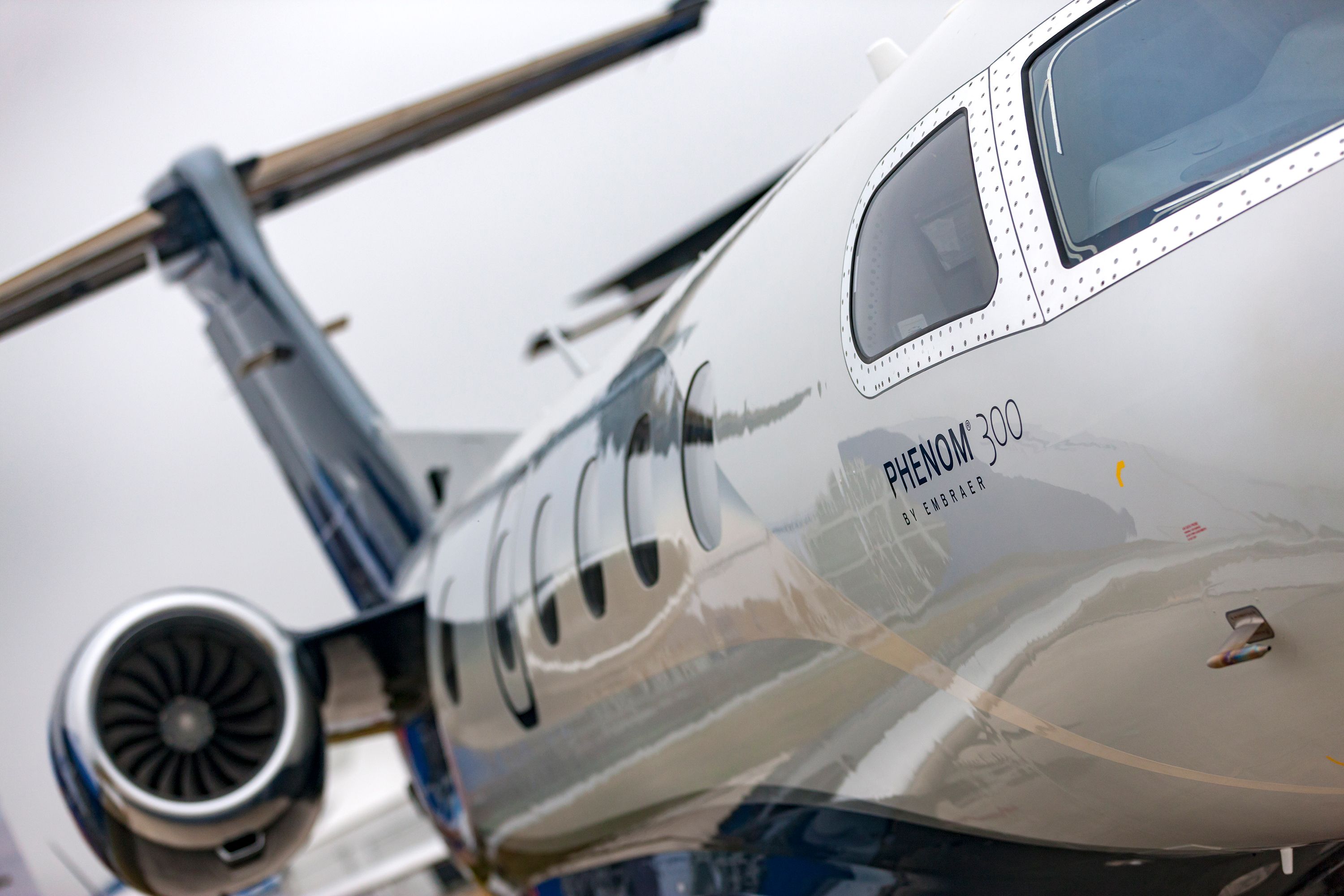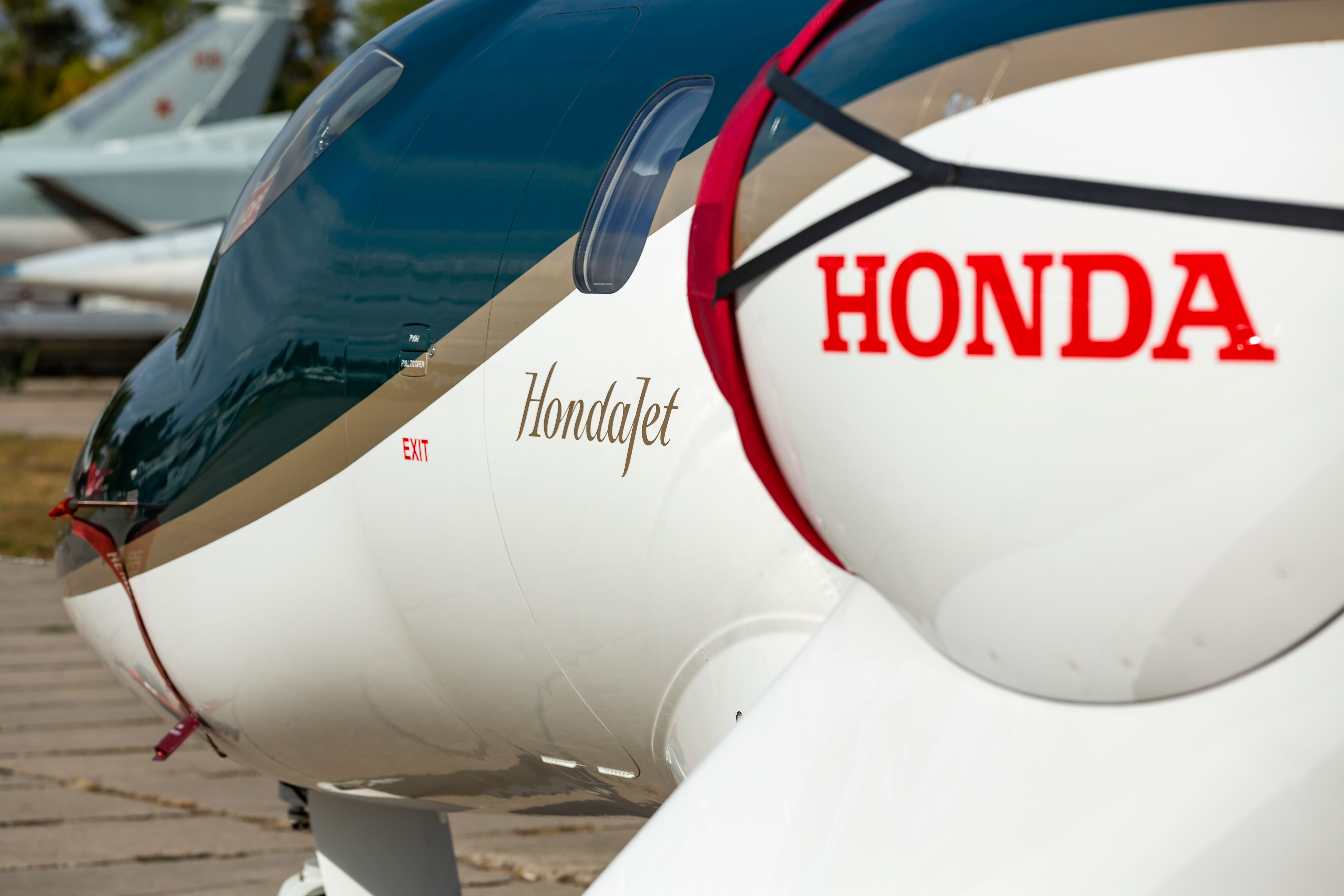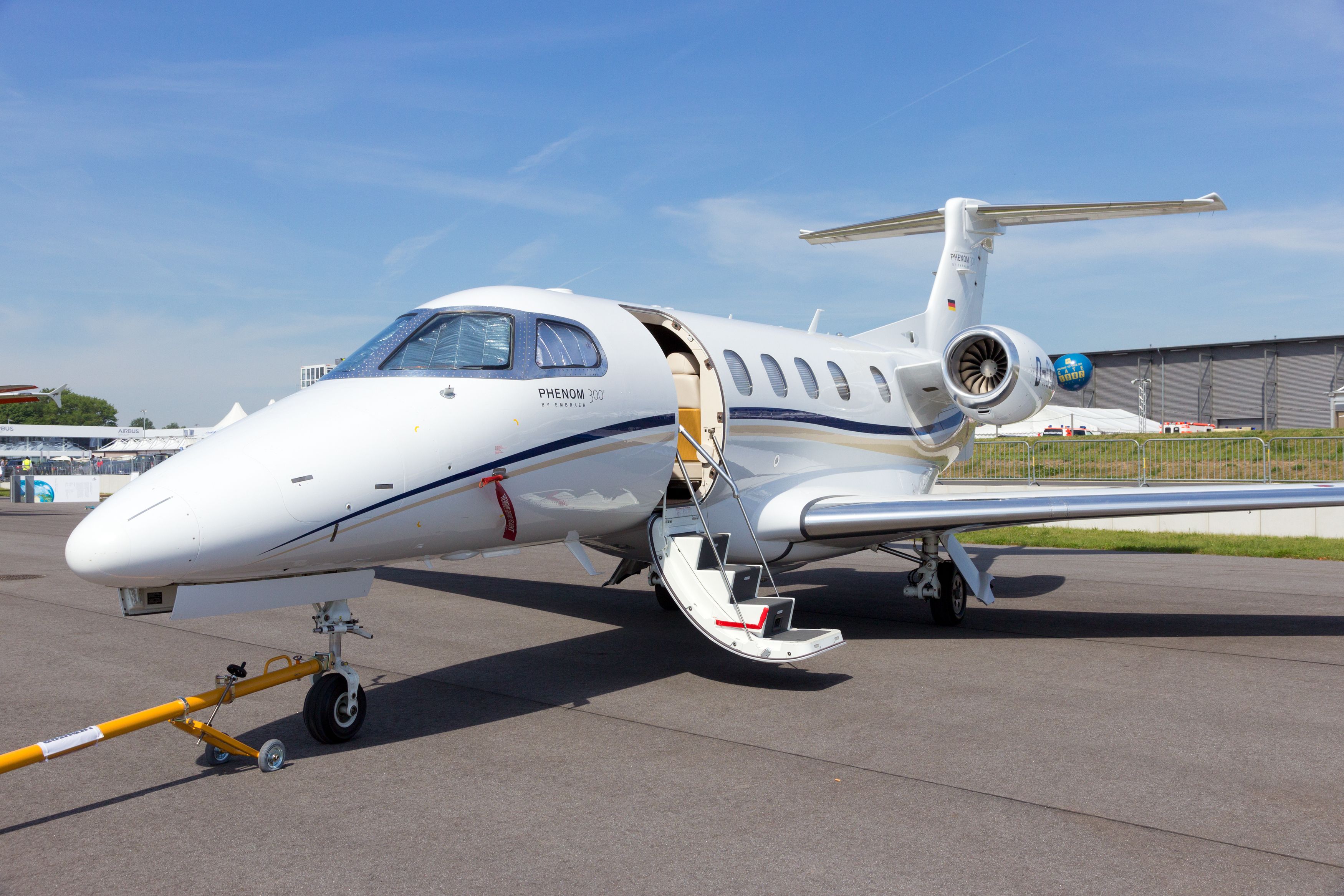Following the exit of Jet It from the market, Simple Flying had a talk with Nick Copley, President of Sherpa Report, to shed light on the causes and to understand what future expectations are for fractional ownership in the private jet market.
Jet It and the fractional jet ownership
Jet It was a fractional jet ownership company operating in North America and the Caribbean. Its fleet was based on two aircraft types, the Phenom 300 and the HondaJet.
The business aimed to allow customers to claim a share in one of the two aircraft for half the cost of traditional fractional jet ownership programs. But what are these in the first place? Say you run a business and travel a lot by plane each year. A fractional ownership share in a private jet would give you the flexibility to partly own the aircraft, ensuring fast and reliable service for your travel needs.
The reasons behind the collapse
According to Nick Copley, insufficient revenue streams are considered to be the cause of Jet It's exit from the market.
Copley told Simple Flying that employees, suppliers, and MROs reported Jet It owes them money. Additionally, Jet It's inability to pay maintenance fees led to most of the fleet's grounding, meaning fractional owners could not fly their aircraft. Furthermore, part of Jet It's revenue came from chartering its jets. However, a charter broker stated it stopped booking Jet It's aircraft as the company could not meet timeliness and reliability standards. Consequently, more aircraft were grounded, and additional revenue streams were lost.
Does fractional ownership work in today's market?
The fate of Jet It calls attention to the fractional jet ownership model. How successful is it in today's market?
When asked this question, Nick Copley highlighted how fractional jet ownership has existed for decades and is here to stay. As an example, Copley named Netjets, which started operations more than 40 years ago and whose business continues to flourish:
"For passengers flying more than fifty hours a year, but that don’t want the associated ownership responsibilities - crewing, maintenance, management etc - the fractional model is a strong alternative".
Notably, Copley cited the numerous advantages of fractional jet ownership, including the availability of short notice and access to various aircraft, without the costs of owning a whole plane. Therefore, fractional ownership is an effective solution for specific mission parameters, including long-haul flights.
Always be critical before getting into fractional ownership
Although fractional jet ownership has proved successful, you should always be critical before getting into one.
For instance, if the prices offered seem unrealistic, they probably are. Jet It, for example, marketed the HondaJet as an aircraft capable of delivering savings as high as 50% because of its lower operating costs than other business jets. However, as stated by Copley:
"While a new aircraft type may be a little cheaper to operate, claims of 50% savings should be a red flag to any potential owner"
Moreover, the critical marketing feature of Jet It was the $1,600 pricing for occupied hours. However, such a price is unsustainable for a fractional jet ownership company. Volato, a competitor, charges $3,450 per hour, plus fuel costs less an hourly rebate on their HondaJets, i.e., virtually double the price Jet It used to offer. Copley underlines that too-low prices are incompatible with the complex logistics and optimization required when running fractional jet ownership companies.
Are there alternatives to flying privately?
According to Copley, there are several options for flying privately, ultimately depending on your yearly flying hours.
Chartering a private jet is the best solution if you fly privately for a few hours a year. You can indeed choose the best aircraft for your travel needs, paying just for the individual flights with market-driven prices. As you fly more, say 20 hours a year, you might consider jet cards or memberships, whose advantage is they lock in a fixed hourly price on one or more aircraft.
Fractional ownership pays off when you start flying 50 hours a year or more, with most programs offering five-year agreements. The main advantages are linked to the fast service provided, with jets ready in a few hours. Buying your private jet makes economic sense once you go beyond several hundred hours of flying. As travel needs may vary, the best scenario would be to have access to different jets to choose the best option for each flight.
Would you ever consider buying a share in a private jet? Let us know by clicking on the comment button below!





